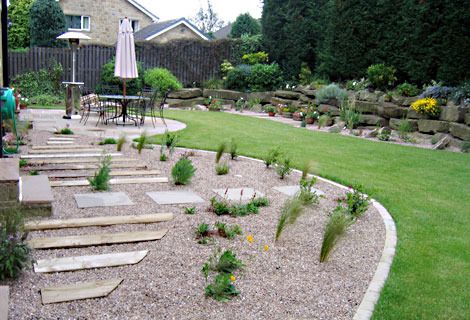Written By: Better Backyards
Low maintenance gardens are the perfect alternatives for people who tend to be too busy to take care of their plants. These types of garden are ideal as they do not require much care to flourish. The following tips might help you in constituting a low maintenance garden.
Size matters
Before you start planting your garden, you might want to consider its size. Some important considerations would be whether the size is manageable for you. Even though low maintenance gardens might not require much work to maintain, they would still require some hours of work to set up. Alternatively, containers could also be used instead of planting directly on the ground. The soil would also require adequate fertilizers in order to promote the proper health of plants.
Design a low maintenance garden
The initial design of the garden would need to cater for the fact that it should not be needing much work. For instance, robust plants might be chosen over tender plants that could be prone to predator attacks. Perennial plants are also suitable for low maintenance gardens are these would flourish year after year without any human intervention. Automatic or drip irrigation systems might also be considered to save a considerable amount of time.
Minimal Maintenance
Despite the fact that low maintenance gardens require considerably less time than normal gardens, these still require a minimal amount of maintenance. You might consider taking some time off each fortnight to check your plants and determine whether they are in good health.
